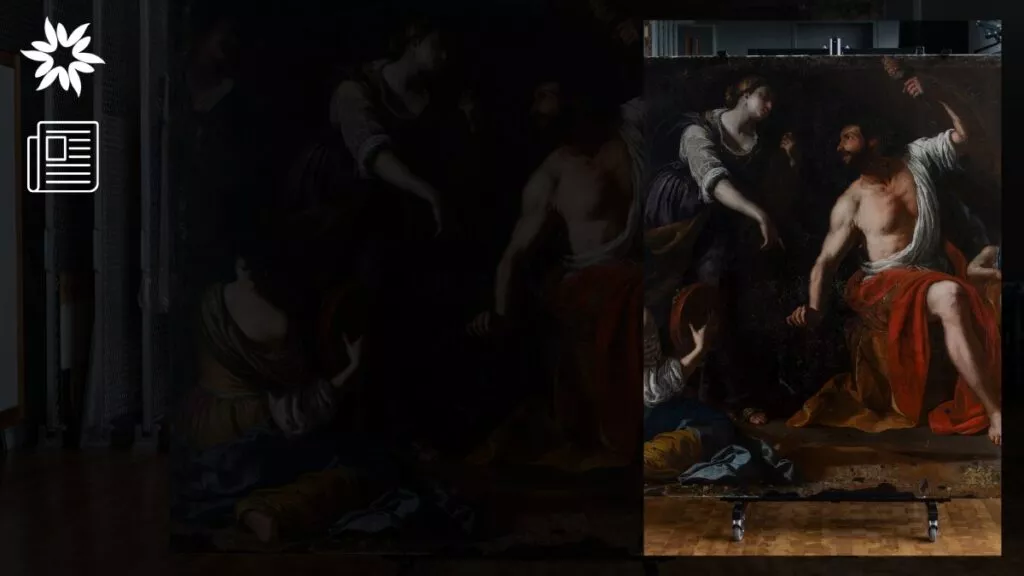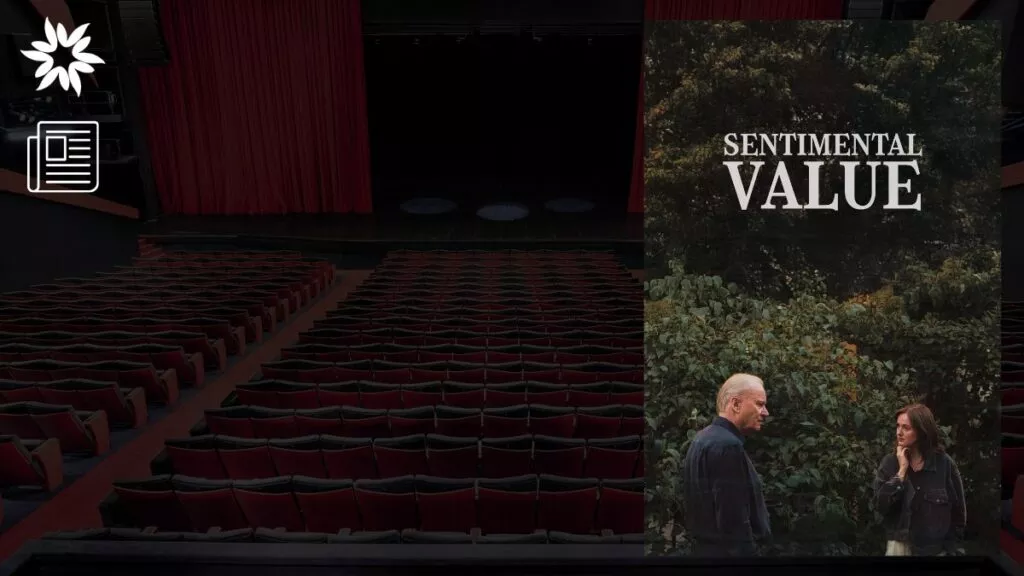The world of abstract art is where boundaries dissolve, and imagination takes the reins.
From bold colors to surreal shapes, abstract artists redefined what it meant to create.
In the early 20th century, visionaries broke away from traditional forms, challenging viewers to see the world differently—not just as it is, but as it feels.
In this exploration, we’ll dive into the lives of 10 renowned abstract artists and the distinct styles that brought them to the forefront of modern art.
1. Joan Miró
Abstract artists’ paintings have a way of pulling you in with their emotion and energy, and few artists did this as beautifully as Joan Miró.
Born in Catalonia, Spain, Miró’s work blurred the lines between surrealism and abstraction—he created pieces that felt dreamlike and deeply personal.
His use of fluid lines and bold, organic shapes made his style instantly recognizable.
While rooted in abstraction, his paintings often gave subtle nods to his Spanish roots, inviting viewers to interpret the meaning behind his vibrant creations.
2. František Kupka
František Kupka may not be the first name that comes to mind when thinking about abstract pioneers, but his influence on the movement is undeniable.
A self-taught artist from the Czech Republic, Kupka’s journey into abstraction was driven by his fascination with spirituality and movement.
Early in his career, he made a living as a caricaturist, but in his spare time, he explored avant-garde art.
Inspired by the Futurist movement, Kupka moved away from traditional figurative work, focusing instead on the sensations of color and form.
His work often feels like a study in rhythm—each brushstroke captures life’s energy in motion.
3. Wassily Kandinsky
Wassily Kandinsky is often considered one of the true pioneers of abstract art.
His works were groundbreaking for using color and form, often aiming to evoke emotions rather than depict real-life subjects.
Amazingly, Kandinsky believed that colors and shapes could stir deep feelings in the viewer.
In fact, when you look at abstract painting artists like Kandinsky, it’s clear how he revolutionized how people interpret and connect with art.
His theory that art could be a spiritual and emotional experience still resonates with viewers today. And it turns out, this theory couldn’t be more on point.
4. Helen Frankenthaler
Helen Frankenthaler had a way of approaching abstract art that felt bold and effortless.
Her soak-stain technique, in which she let thinned paint seep into raw canvas, created soft, organic shapes that seemed to flow naturally.
It was a method that gave her work an almost spontaneous feel—like the art was unfolding right in front of you.
But behind that sense of freedom was a careful balance of color and form.
Frankenthaler’s approach focused on letting the paint do the work, and yet, every piece was thoughtfully composed.
Undoubtedly, this unique style made her a standout in the Color Field movement and left a lasting mark on the art world.
5. Lee Krasner
One of the most prominent figures in the Abstract Expressionist movement, Lee Krasner, brought her own powerful style to the table—often overshadowed by her husband, Jackson Pollock.
But make no mistake, Krasner’s work stands on its own merit.
Known for her large-scale, bold action paintings and intricate collages, she drew inspiration from Cubist and Post-Impressionist styles early in her career.
Her works were deeply personal, often reflecting her moods and emotions, which she translated into vibrant, chaotic brushstrokes.
Krasner’s energy and resilience are evident in her pieces, showing she wasn’t afraid to reinvent herself with each project.
As one of the top abstract artists, her influence continues to inspire new generations of artists, and it makes complete sense.
6. Cy Twombly
Cy Twombly’s work often leaves people divided.
At first glance, his scribbled lines and chaotic marks might seem random, but there’s a certain energy in the way he worked.
His paintings feel like a direct expression of thought—quick, impulsive, and unfiltered.
Twombly wasn’t interested in creating polished pieces; he used his canvases to capture fleeting moments and emotions.
His fascination with ancient history and personal experiences gave his abstract work a depth that pulled viewers in.
7. Piet Mondrian
Piet Mondrian’s work might seem straightforward at first glance—clean lines, simple shapes, and primary colors—but his path to abstraction was anything but simple.
He started painting landscapes before gradually breaking things down, reducing his compositions to the bare essentials.
His iconic grid-based pieces, where red, blue, and yellow blocks sit between stark black lines, result from years of refining his style.
For Mondrian, it was never about depicting reality but creating a new kind of visual language—one where balance and form spoke louder than recognizable images.
Mondrian’s dedication to exploring pure form and color established him as one of the most influential abstract painting artists of the 20th century.
8. Mark Rothko
Mark Rothko knew how to make colors speak.
His large, open canvases—filled with soft, glowing blocks of color—are designed to draw you in, letting the simplicity of form create a space for personal reflection.
Standing before one, it’s hard not to feel the quiet intensity.
Rothko believed that letting the colors take over allowed each viewer to find their own emotions within the layers of paint.
It’s incredible how his abstract approach was far from complex, yet it evoked something deep and human in the most understated way.
9. Joan Mitchell
Joan Mitchell brought a bold sense of energy to Abstract Expressionism, using vibrant colors and sweeping brushstrokes that made her work feel alive.
Inspired by nature, especially landscapes, and water, her paintings had a way of capturing movement and emotion all at once.
She didn’t stick to rigid rules—Mitchell let her instincts guide her, creating art that felt spontaneous and full of life.
What makes her stand out is how personal her work feels. Even in the abstract, there’s a sense of place and feeling that’s hard to ignore.
10. Agnes Martin
Agnes Martin’s abstract art stood out for its calm simplicity.
Her paintings, often featuring soft grids and muted colors, brought a sense of quiet that invited viewers to pause and reflect.
Rather than bold gestures or vibrant hues, Martin used subtle lines and delicate shading to convey deeper emotions.
Her minimalist approach was unlike many of her peers, but that’s what made her work so impactful.
Martin found a way to express profound ideas through restraint, creating a meditative quality in her art.
As one of the most revered American abstract artists, her legacy continues to influence artists who appreciate the beauty of simplicity.
The Enduring Influence of Abstract Artists
Abstract artists redefined what art could be, using form, color, and emotion in ways that had never been seen before.
Their work, often bold and energetic, still resonates today, speaking to both the heart and the mind.
It’s this emotional depth that keeps their creations relevant, inspiring generations of artists to think beyond traditional boundaries.
And these pioneers showed that art doesn’t need to follow a strict set of rules.
Instead, it can be a personal expression, open to interpretation, and deeply felt by everyone who experiences it.
That’s what makes their legacy so powerful—abstract art remains a constant reminder that creativity has no limits.
Bonus: Since you’ve made it this far, here’s a treat with our take on the top contemporary art movements.








